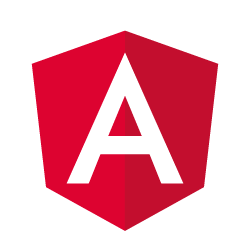
Whether you’ve dabbled in AngularJS or even worked extensively with it, you want to upgrade your skills to move to the latest versions of Angular because that’s where the jobs are.
As this blog noted back in April, the JavaScript (hence the JS) version of Angular from 2010 was pretty much eclipsed by the TypeScript rewrite in 2016, which was dubbed Angular2 although it was a whole new platform for building web apps.
More
Posted by Richard Seeley on 10/16/20180 comments
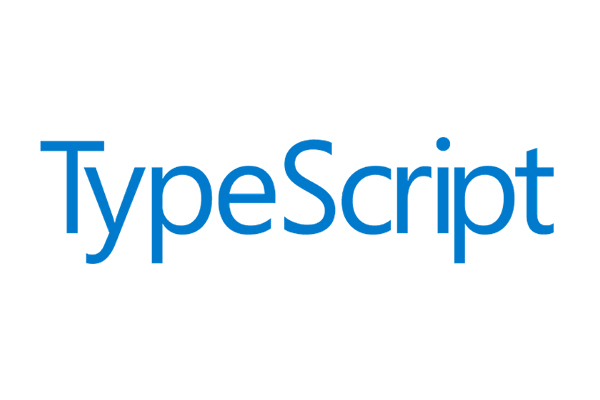
Recent news involving JavaScript is being overshadowed by its smarter brother TypeScript.
This summer Microsoft shipped the final TypeScript 3.0 release after a brief preview. “The open source programming language is primarily developed and maintained by Microsoft, providing a strict syntactical superset of JavaScript with the addition of optional static typing,” as Visual Studio Magazine explained in announcing TypeScript.
More
Posted by Richard Seeley on 09/13/20180 comments
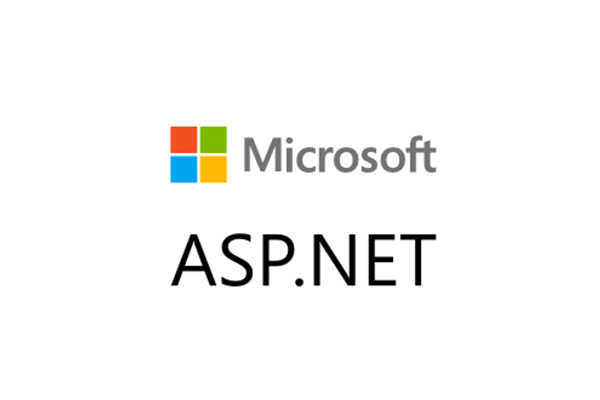
One of the cool features in ASP.NET Core is support for the Dependency Injection software design pattern.
For developers working in Object-oriented programming and web services, dependency injection provides what Microsoft defines in documentation as valuable best practices to help:
- Design services to use dependency injection to obtain their dependencies.
- Avoid stateful, static method calls (a practice known as static cling).
- Avoid direct instantiation of dependent classes within services. Direct instantiation couples the code to a particular implementation.
More
Posted by Richard Seeley on 08/09/20180 comments
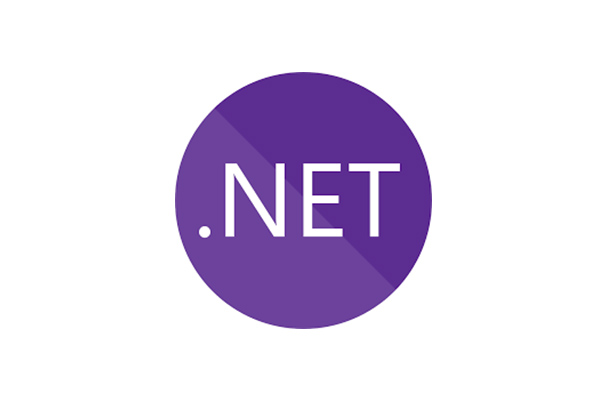
The .NET bandwagon is rolling and this may be the time to jump onboard and get up to speed on all things .NET.
There's so much to learn about .NET Standard, .NET Core, .NET Framework, Mono, and Xamarin. Plus you need to look to the future of C# and Roslyn, so you know how everything will come together with Visual Studio and Visual Studio Code.
More
Posted by Richard Seeley on 07/13/20180 comments
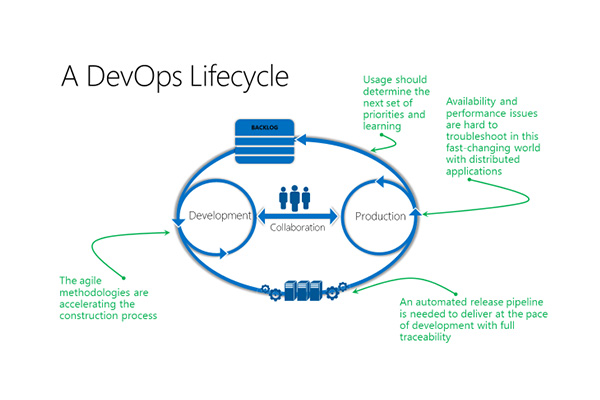
“In the beginner’s mind there are many possibilities, but in the expert’s there are few.”
― Shunryu Suzuki, Zen Mind, Beginner's Mind
If you’re a beginner in DevOps and you can’t figure out how to learn it on your own, don’t worry. DevOps is not about doing things on your own. It’s a team sport. Thinking of doing DevOps on your own is like thinking you could play football on your own. What are you going to do? Throw the football up in the air, run under it and catch it?
More
Posted by Richard Seeley on 06/07/20180 comments
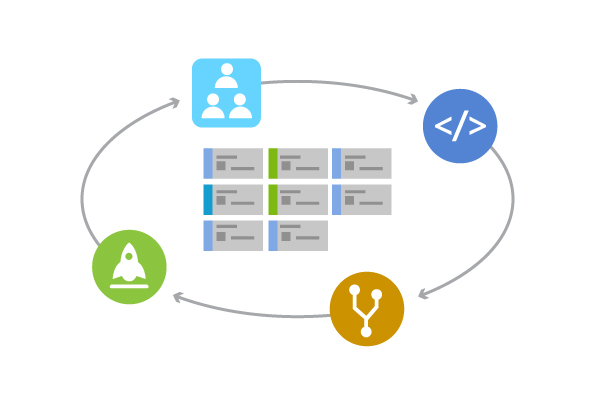
This blog started to answer the question: How do you get Agile certified?
But that turns out to be the easy question. A Google search turns up plenty of universities and training organizations willing to teach you so you can get certified for a price.
The Project Management Institute offers an Agile Certified Practitioner (ACP) certification program.
More
Posted by Richard Seeley on 05/11/20180 comments

Transitioning to Angular 2 from Angular 1 also known as AngularJS, the Google supported open-source web application framework, is not so much about upgrading as moving to something different, according to experts.
The differences between the two frameworks were explained in a Visual Studio Magazine Q&A with Ted Neward, who is director of Developer Relations at Smartsheet.com and well-known as a presenter at Visual Studio Live!.
More
Posted by Richard Seeley on 04/24/20180 comments

Whenever an app is running, you need to know what’s happening behind the scenes. And whenever an app crashes or otherwise has trouble, you definitely want to know what’s going on. Logging is the simple, yet critical, way to ensure your apps are doing what they’re supposed to be doing. Logging helps you detect and identify any issues.
Now that ASP.Net Core is open source, and cross-platform, building in and linking logging functions is more straightforward than ever. The logging API in ASP.Net Core supports for a whole bunch of logging providers. You can send log details to one location or several locations. You can also connect to a third-party logger. And it’s straightforward. Notice I didn’t say easy, but it’s certainly straightforward. Thankfully, as is often the case, there are several blogs ready to help out.
More
Posted by Lafe Low on 04/13/20180 comments
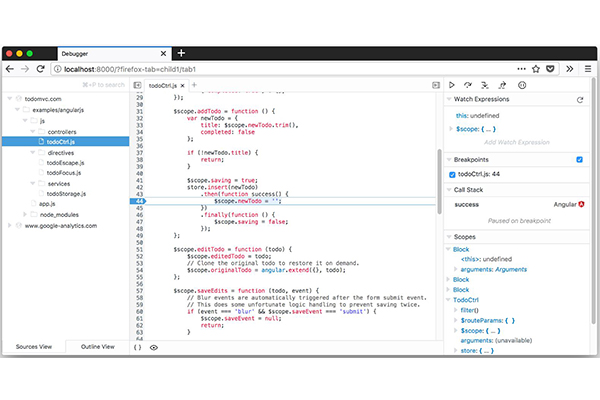
Hey there everyone, Lafe here. And once again, every month or so my fellow Visual Studio Live! blogger Rich Seeley will present a more technical approach to these blog posts. His latest post covers some of the tools out there that make debugging a bit easier for JavaScript devs.
Every JavaScript programmer would be happy to learn that debugging is being made easier.
More
Posted by Lafe Low on 03/20/20180 comments
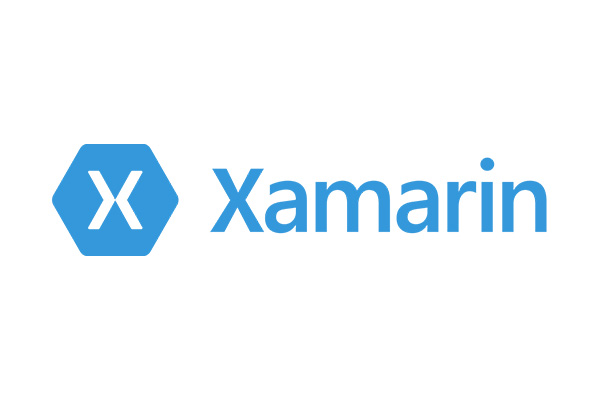
Xamarin continues to be the hot toolset for developing cross-platform mobile apps. Xamarin the company was originally founded in 2011 by the engineers who developed Mono. Microsoft swooped in and acquired Xamarin in February, 2016. Now it operates in lock-step with Visual Studio as the preferred dev environment for mobile apps.
As you would expect, Microsoft provides dazzlingly clear step-by-step tutorials on its newly acquired mobile app cross-platform development environment. “Once you've done the steps in Setup and install and Verify your Xamarin environment, this walkthrough shows you how to build a basic Xamarin app (shown below) with native UI layers. With native UI, shared code resides in a portable class library (PCL) and the individual platform projects contain the UI definitions.
More
Posted by Lafe Low on 03/15/20180 comments